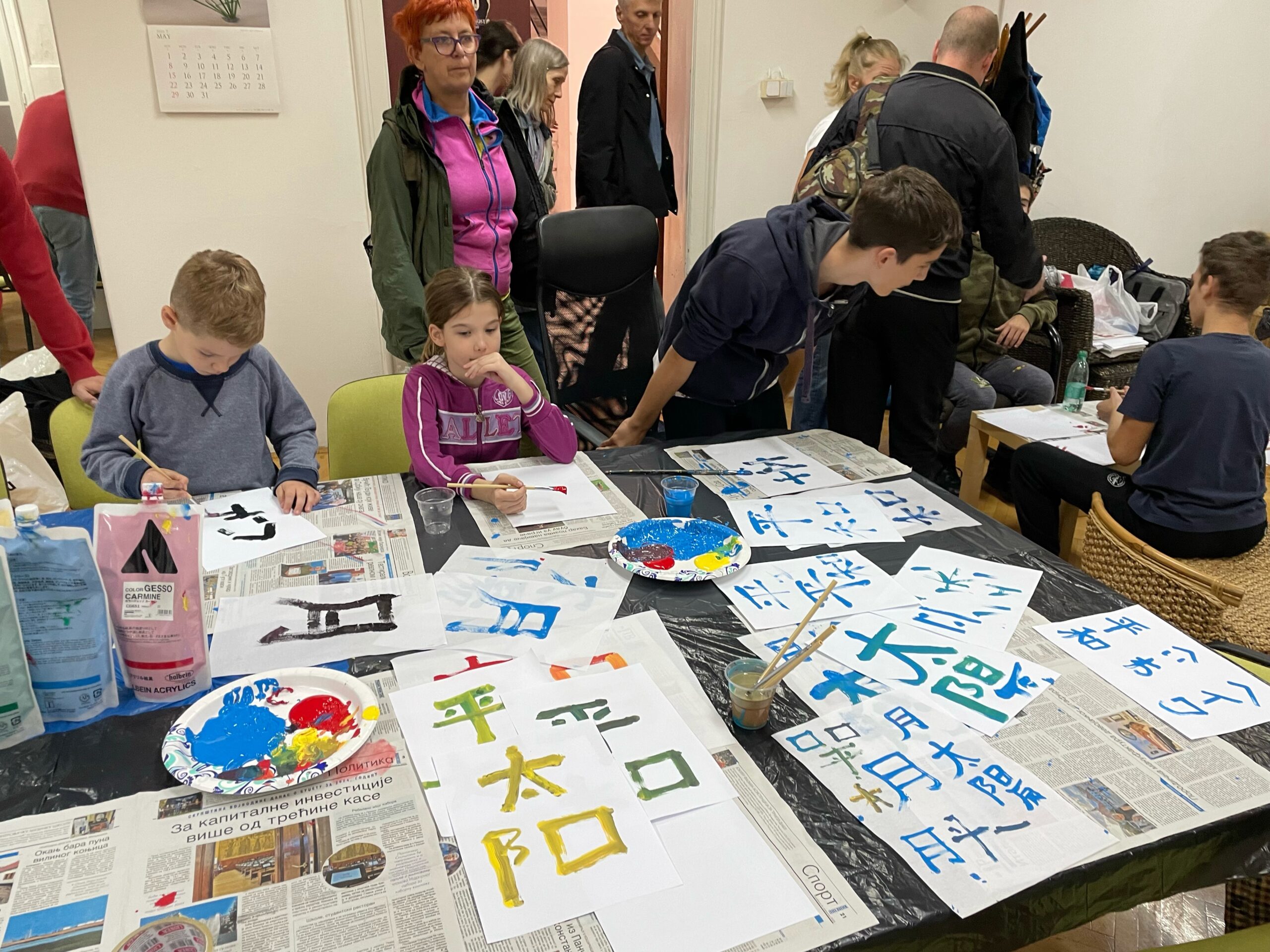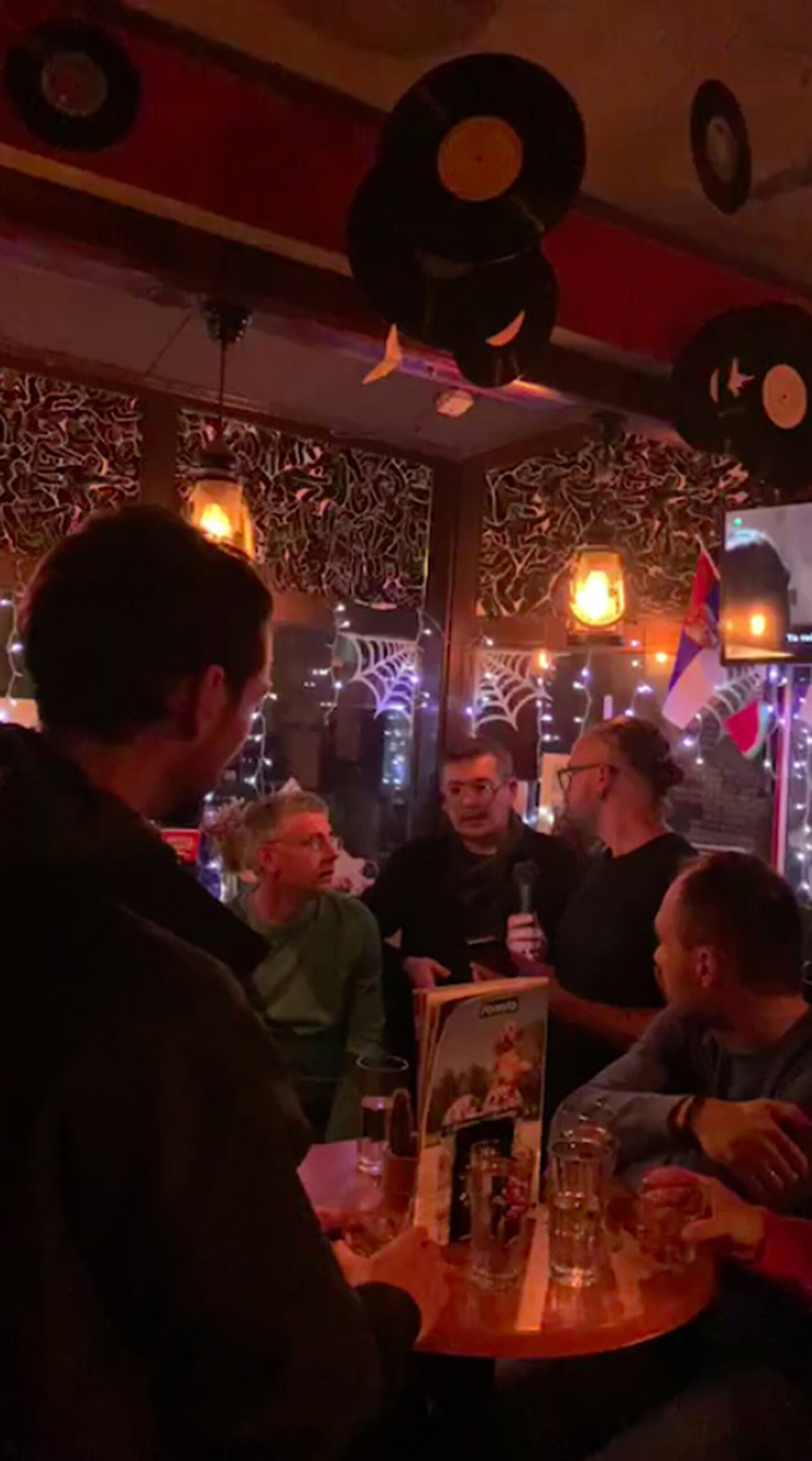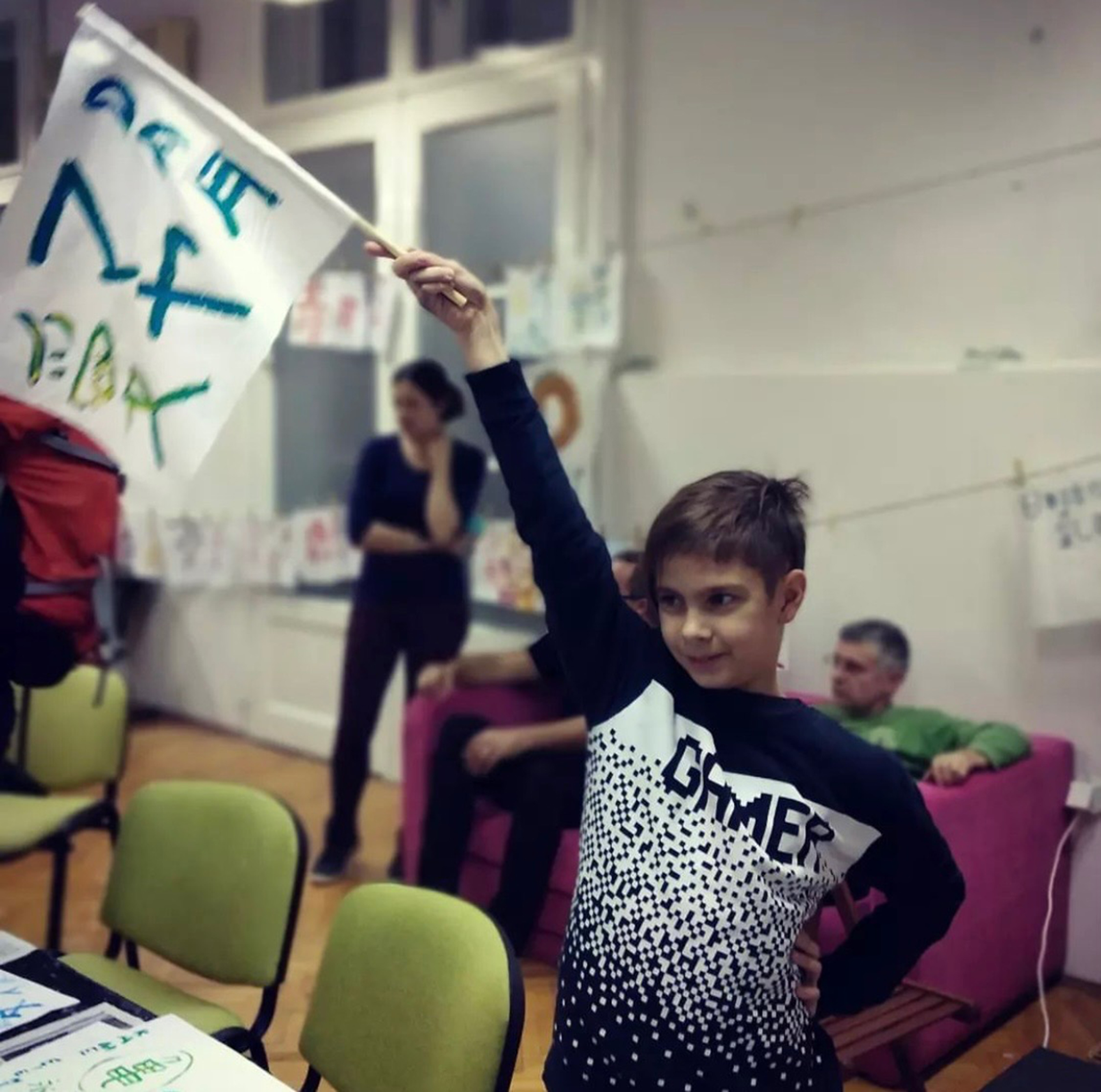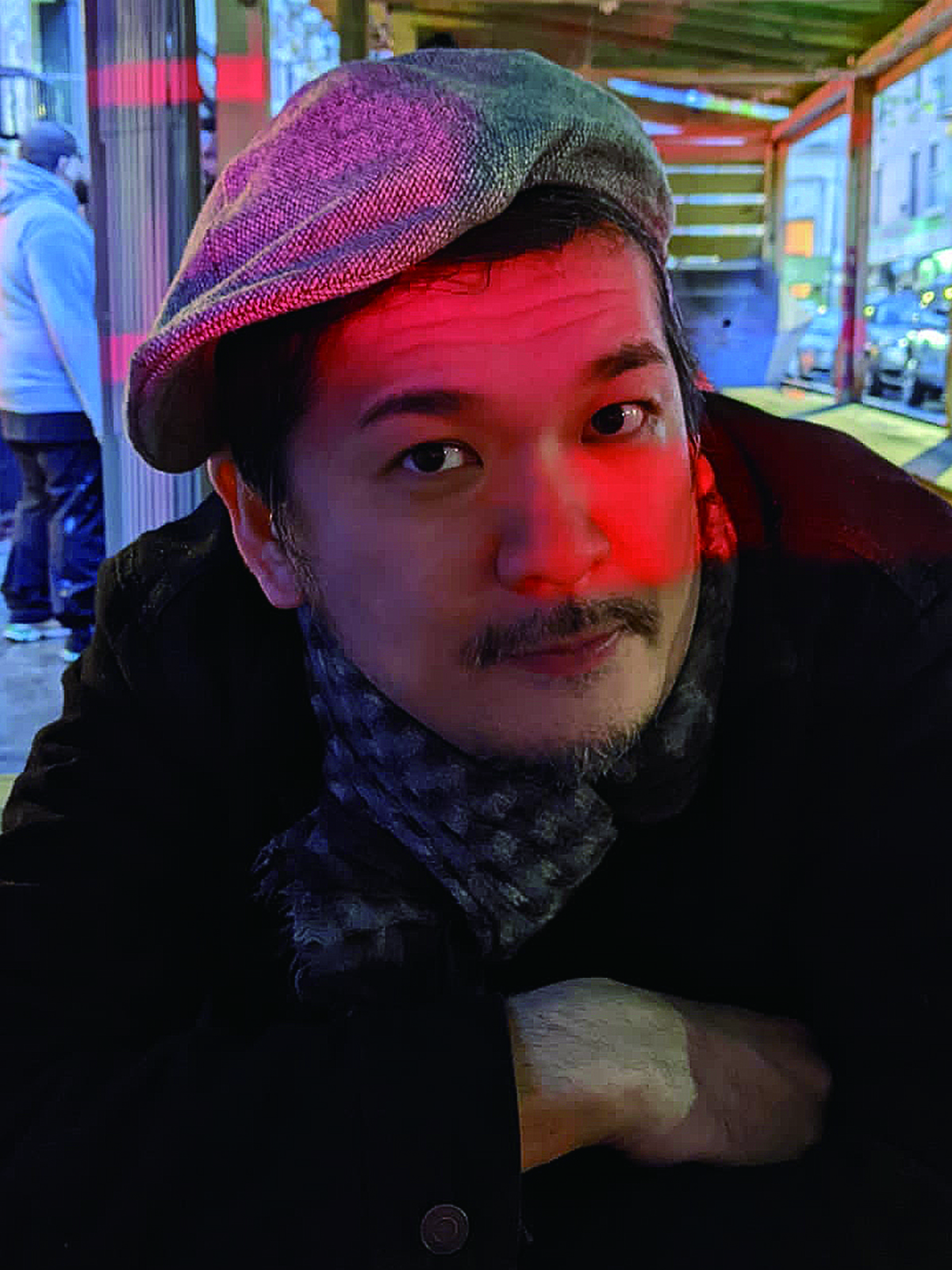Column
ColumnFriendship sometimes becomes an entrance to the other culture.
This time was my second visit to Novi Sad, Serbia where was the European Capital of Culture in last year.
When I visited Novi Sad last year to participate in that event, I met Srjan Stanković (the art director of Sokolski Dom, the host organization this time to me) at a local coffee shop. Since I was speaking Japanese by my phone, he listened, he got interested and started talking to me in Japanese. He is from the same generation as me and Japanophile who lived in Japan for several years in the 90’s to learn martial-arts and has visited Japan many times since then.
Last year, when I when to this place and asked him what I wanted to do in the future, he wanted to convey to me the local culture of Novi Sad, including restaurants, a concert hall, local Rakja-breweries that only locals know.
He also introduced me to various local-artists, musicians, cultural-facilities, etc., and my vision of what I should do during my next visit became very concrete.
Roughly a year has passed since then, and before this trip, we had discussed the details of the my event, including the concept, location, and poster design, many times through text messages. But when I actually visited this place this year, I was very surprised with the activities I would be doing. There were quite a many big changes.
Apparently, the smooth progress the facility had expected last year did not work out in a number of ways. I was a little worried, but with the support of him and his family, they did their best to support me during my stay, so there was hardly any inconvenience.
One day during his stay, Srjan told me, “You have to learn Balkan-style”. I asked to him “What is Balkan-style?”. He will tell me that we make quick decisions on the spot. At first glance, this may seem like a sales pitch, but if you listen carefully, it seems to have something to do with the easy-going nature of the Balkan people, which Japan does not have, and their complicated historical background.
The city I visited in Novi Sad was said to be the site of the first NATO airstrike against Serbia. Mr. Srjan was unable to evacuate to another country and lived his daily life amidst the air strikes. There are still air raid shelters all over the place, and some are apparently being reused as cultural facilities, but the government is apparently leaving them in place without demolishing them because the possibility of future war cannot be ruled out.
He says that before the bombing, here was a much more multinational and cultural city than now. As he was nostalgic for the past, I felt a strong passion to help him create a new culture with young people here.
In any case, this stay, which started with friendship with him, ended up shattering many of my preconceived notions, having grown up on the other side of the world in a completely different culture, Japan where a country without war 50 years more.
At the “NEW ART for NEW PEOPLE” workshop I went to, there were people interested in traditional Japanese culture, students I taught last year, people who immigrated from Russia because they hated the war, and local people. A variety of people participated, including people who came because they were interested in Japanese anime and other pop culture but they didn’t know how to get involved, and students from Japanese language classes in Novi Sad also. The name of the workshop was originally “NEW FLAG for NEW PEOPLE,” but due to the current relationship between Kosovo and Serbia and the fact that Sokolski Dom is a national facility, we decided to change the name “NEW ART for NEW PEOPLE”. The contents included a day to write Japanese and a day to design and create flag paintings.

Initially, the workshop was scheduled to only two days first plan, but the room where the event was held was packed with students, and there were not enough tools such as brushes, and there were about 20 people lining up outside the room who wanted to take the workshop. Then, we suddenly the Balkan-style added an extra day to hold the event. This extra day was a little more complicated because we knew these students had basic Japanese, and those who were able to do so were also introduced to Japanese Haiku in there.
In this time, I held a poetry reading event like the one I often go to in NYC at local community bar the Crin Ovan in Novi Sad where local young people gather. This place functions as a non-profit-organization that takes in unclaimed stray dogs and raises them, and it was one of the places that particularly impressed me this time.

Local poet Panonski Brodolomac, Mica Scalin(online), myself, Srjgan, and others gave a nearly 30-minute poetry performance. I was a little confused at first because I didn’t know what was going on, but I think it turned out to be an interesting event in the end. It seems that a poetry reading event like this has never been held in Novi Sad, and questions were asked after the performance by people from different generations.
During these cultural activities, some students exchanged personal contact information and others followed each other on SNS. Some of the students simply said goodbye and asked them to come back next year, but they were filled with a simple kindness that is rare in Japan.

This time, the number of participants was about 150 for the workshop and about 50 for the poetry reading event, which is a large number for a cultural event held by individuals. Although these are small changes for Novi Sad as a whole, I hope that the encounters and friendships created will become a gateway to learning about each other’s cultures, and that the world will become truly peaceful.








